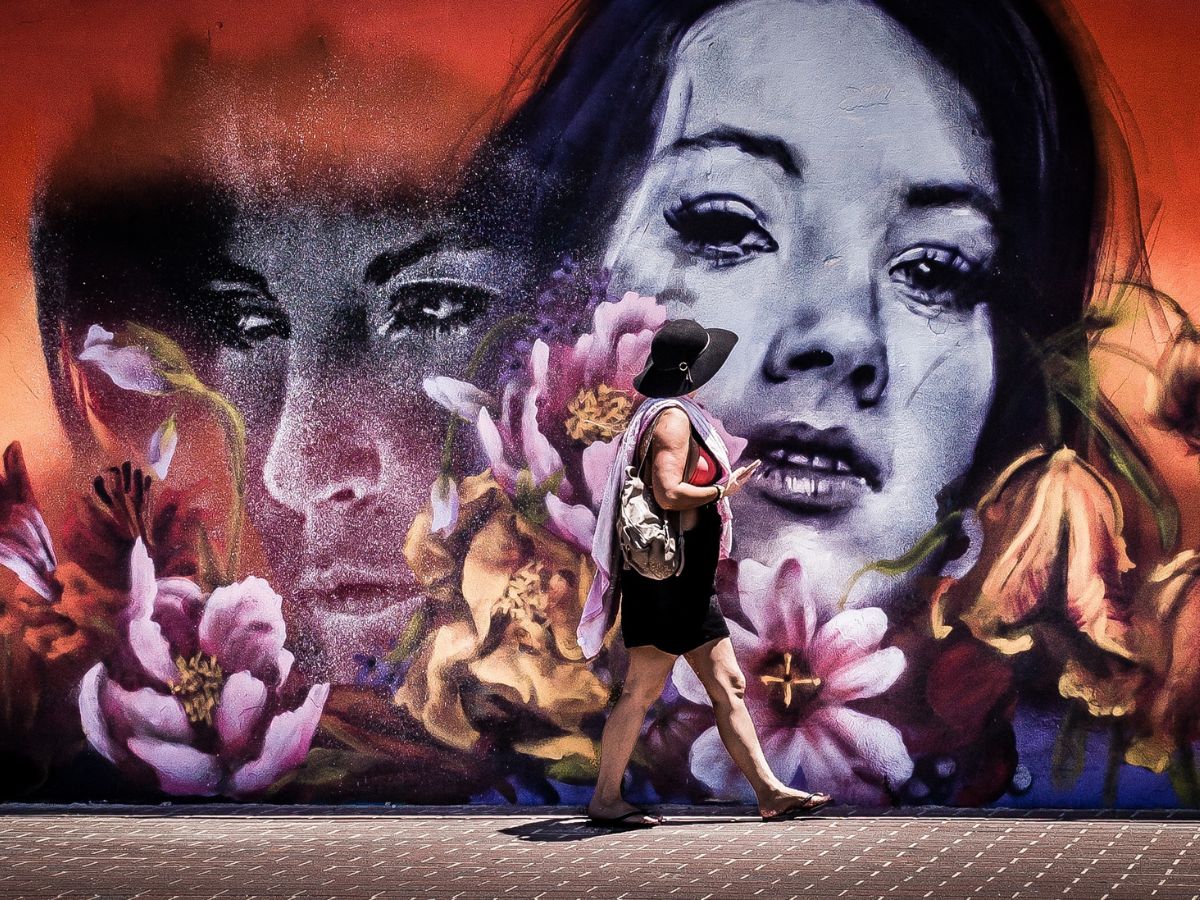
Mural Permit Challenges: Solutions for Artists
Transforming a blank wall into a vibrant mural can invigorate a community and showcase artistic talent. However, before the first brushstroke, artists often encounter a complex web of regulations and permitting processes. Understanding these challenges and their solutions is crucial for a successful mural installation.
Understanding Local Regulations
Municipalities often have specific regulations governing public art, including murals. These can involve zoning laws, aesthetic guidelines, and historical preservation statutes. For example, some cities require artists and property owners to obtain permits before installing murals, ensuring the artwork aligns with community standards and zoning laws.
Solution: Begin by researching your local government’s public art policies. Contact the community development or planning department to understand the necessary permits and any design review processes. Early engagement with these agencies can clarify requirements and streamline approval.
Navigating the Permit Application Process
The permit application can be complicated, requiring detailed information such as the artist’s credentials, property owner consent, and comprehensive design plans. For example, the City of St. Helena in California requires a detailed drawing or sketch of the proposed mural, to scale and in color, as part of their application.
Solution: Prepare a thorough application package. Include:
- Detailed design proposals: Scaled, colored sketches of the mural.
- Property owner consent: Written agreement from the building owner.
- Material specifications: List of materials and methods for installation.
- Maintenance plan: Outline for ongoing upkeep of the mural.
Collaborating with local officials during this phase can ensure all requirements are met, reducing the likelihood of delays.
Addressing Community and Aesthetic Concerns
Public art can evoke diverse opinions. Community members or local authorities might raise concerns about the mural’s content, style, or impact on the neighborhood’s character.
Solution: Engage the community early. Host informational sessions or workshops to present your concept and gather feedback. This inclusive approach fosters community support and can preempt objections during the approval process.
Compliance with Zoning and Historic Preservation Laws
Murals in historic districts or specific zones may face additional scrutiny to preserve the area’s aesthetic integrity. For example, some municipalities have regulations that may include zoning restrictions, especially in historic districts or residential areas.
Solution: Identify if the proposed mural site falls within special zoning or historic districts. If so, consult with the relevant preservation boards or zoning committees to ensure your mural complies with specific guidelines, which may include restrictions on size, placement, or subject matter.
Understanding Legal Rights and Responsibilities
Artists possess moral rights, such as attribution and protection against derogatory treatment of their work, under laws like the Visual Artists Rights Act (VARA). However, these rights can sometimes conflict with property owners’ interests.
Solution: Draft clear agreements with property owners outlining rights and responsibilities. Address issues like the mural’s lifespan, maintenance duties, and procedures for potential removal. Legal counsel experienced in art law can help navigate these agreements to protect both parties’ interests.
Securing permits for mural work is influenced by local regulations, community engagement, and legal considerations. By proactively researching requirements, preparing comprehensive applications, involving the community, and understanding legal rights, artists can effectively address challenges and bring their creative visions to public spaces.
